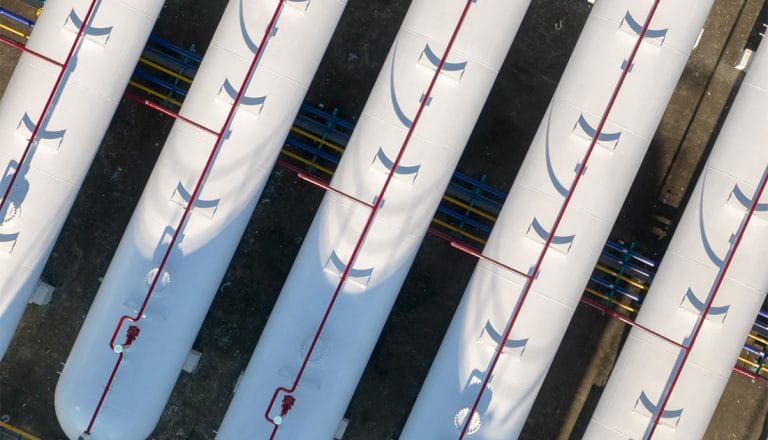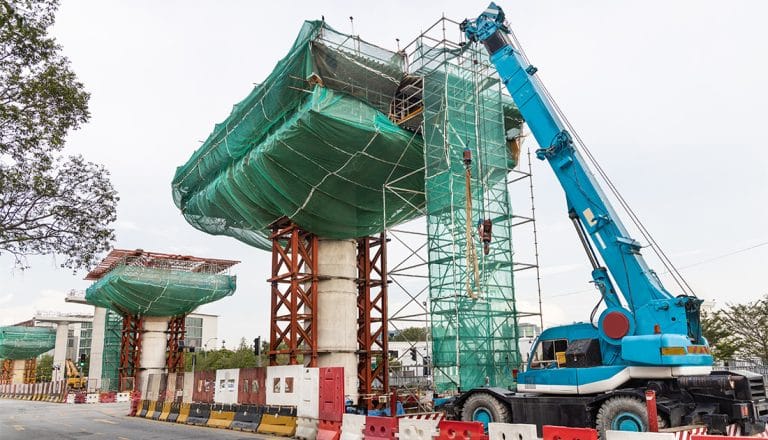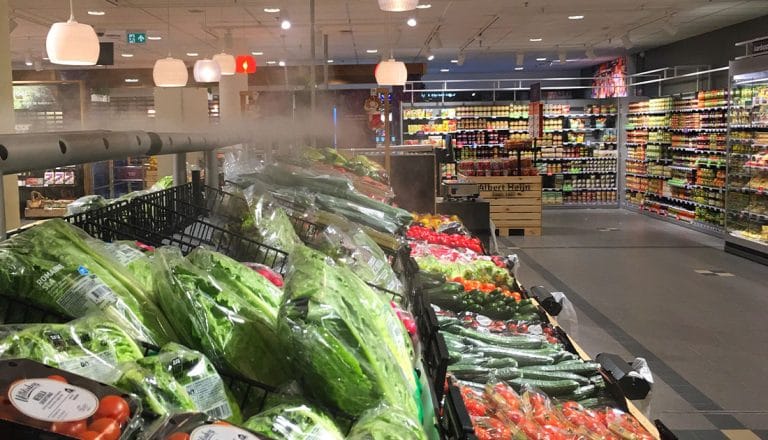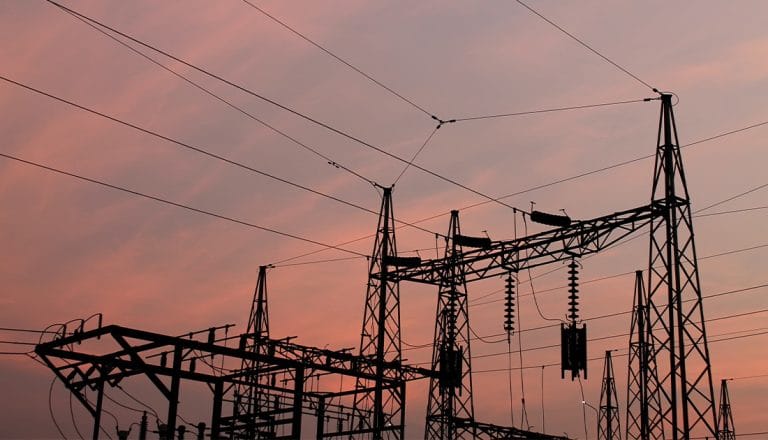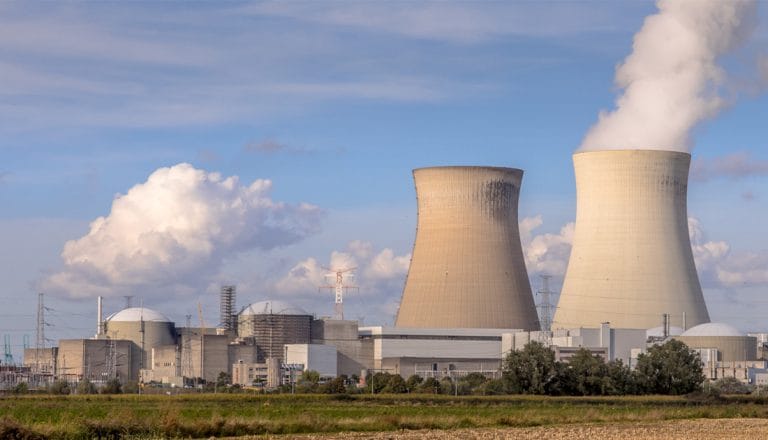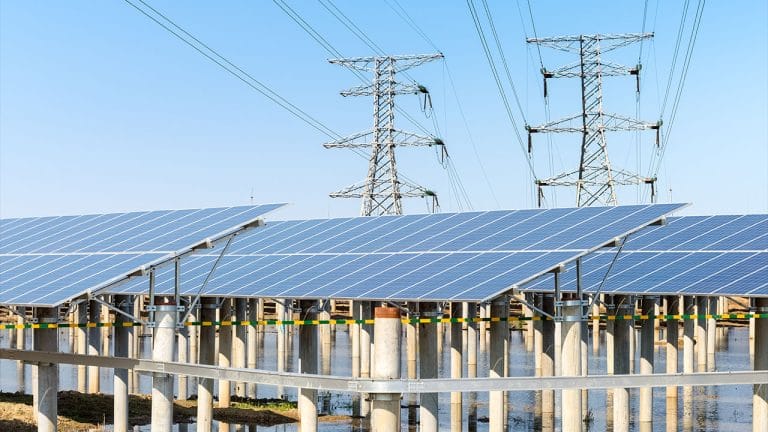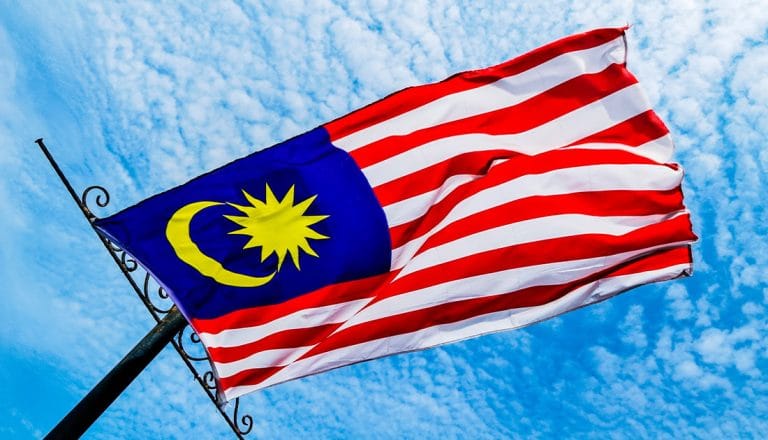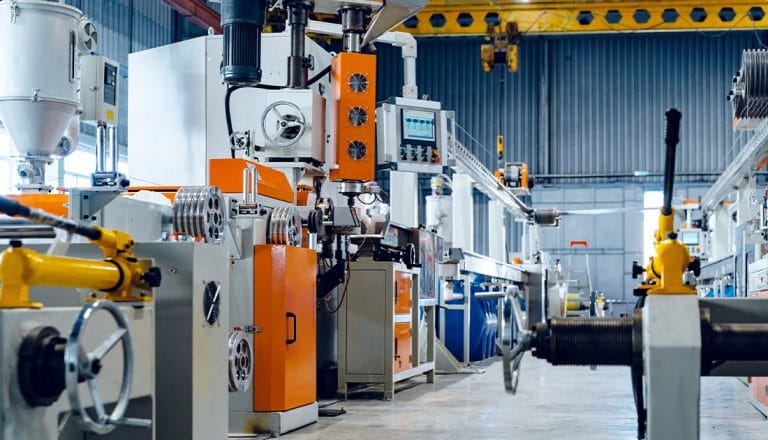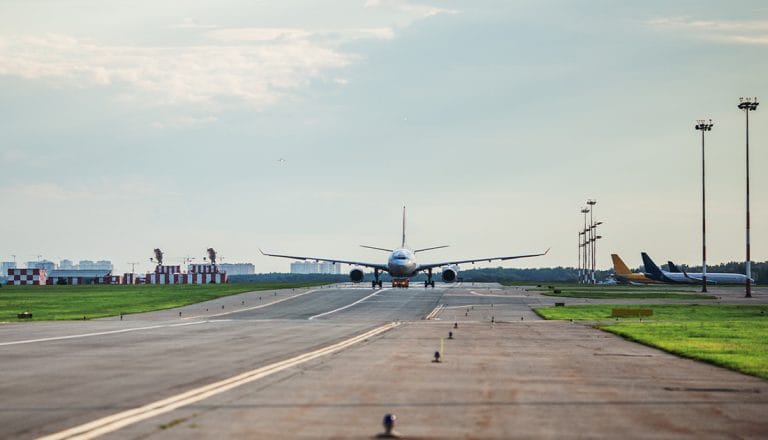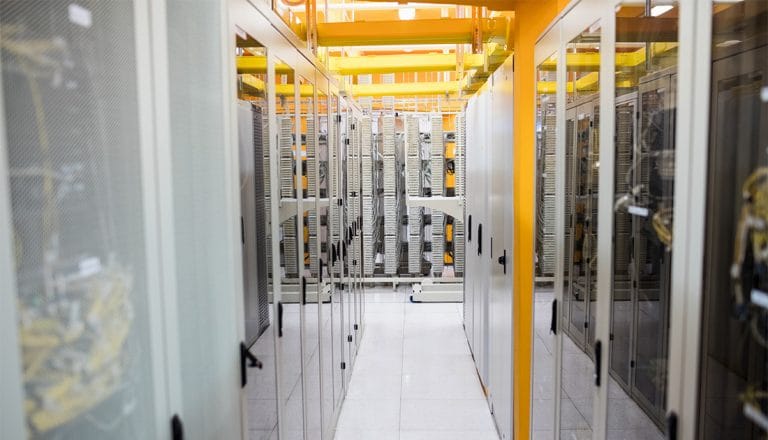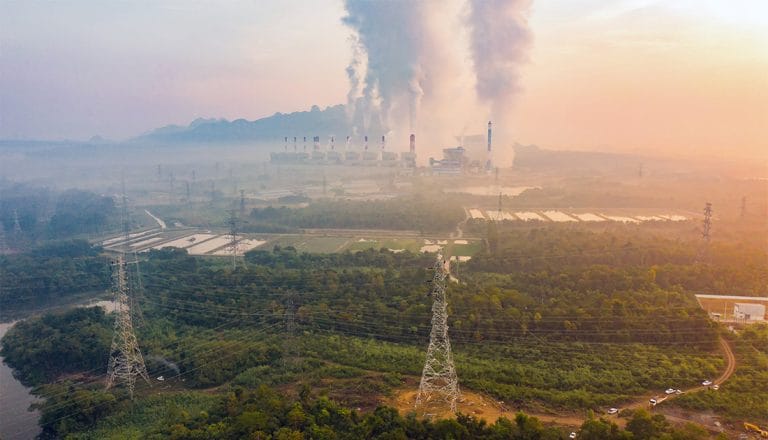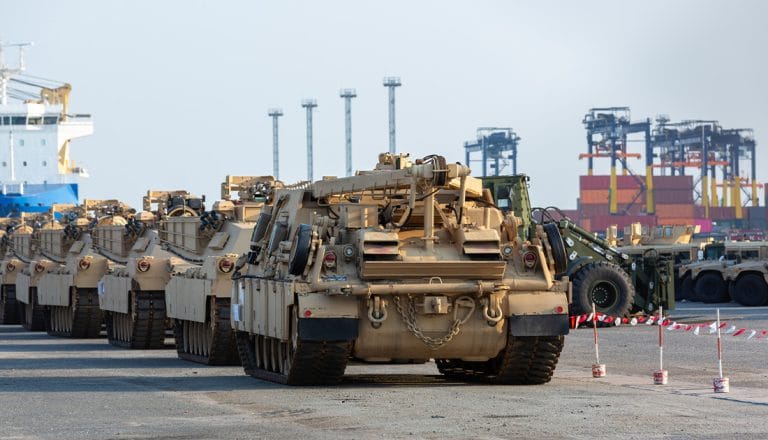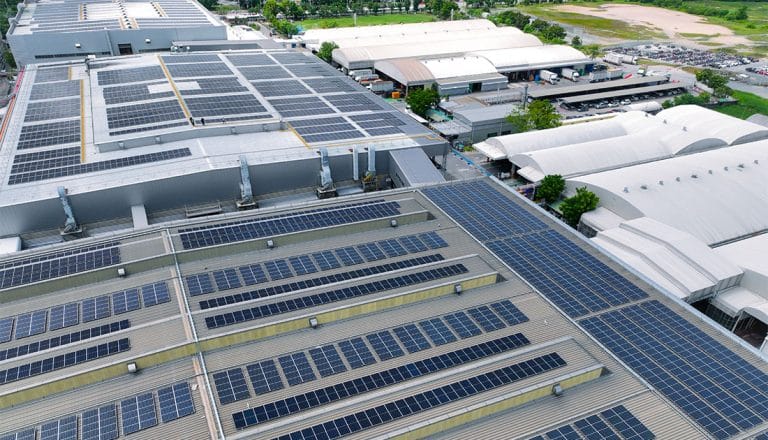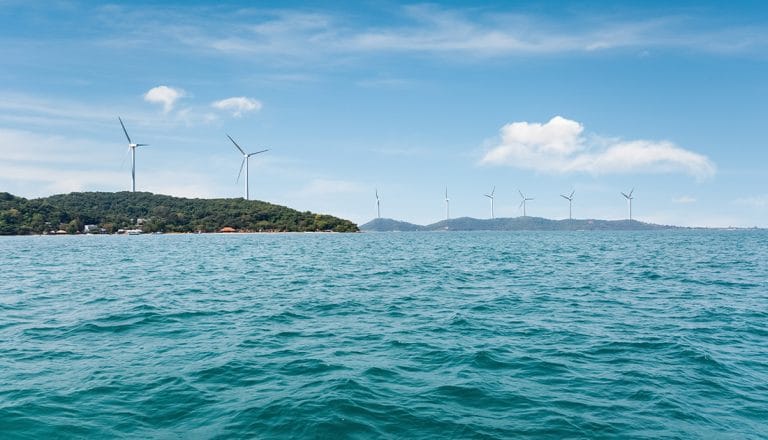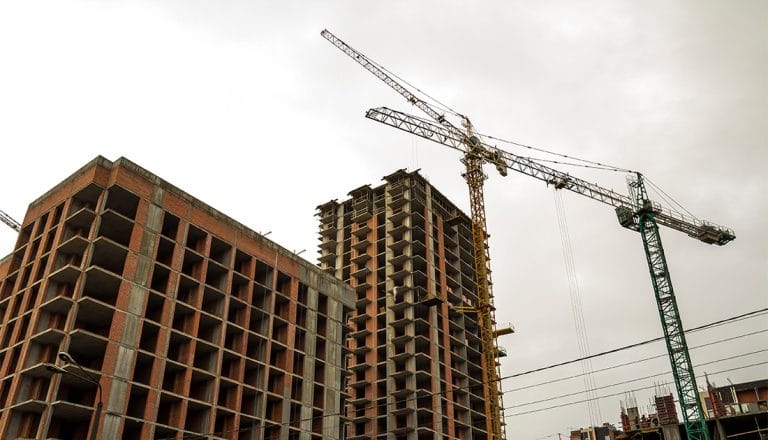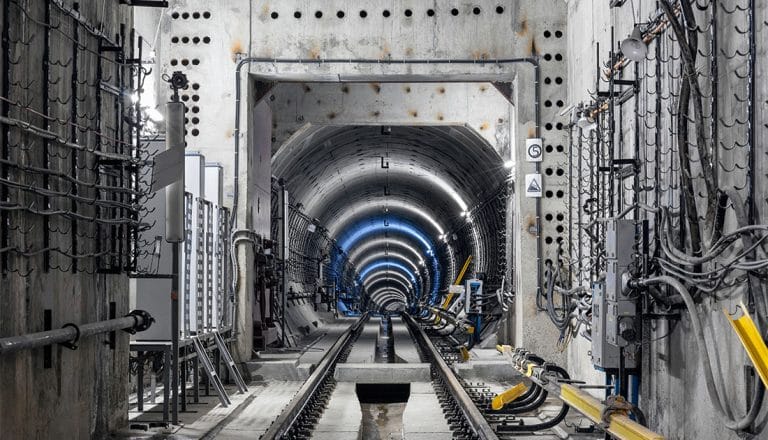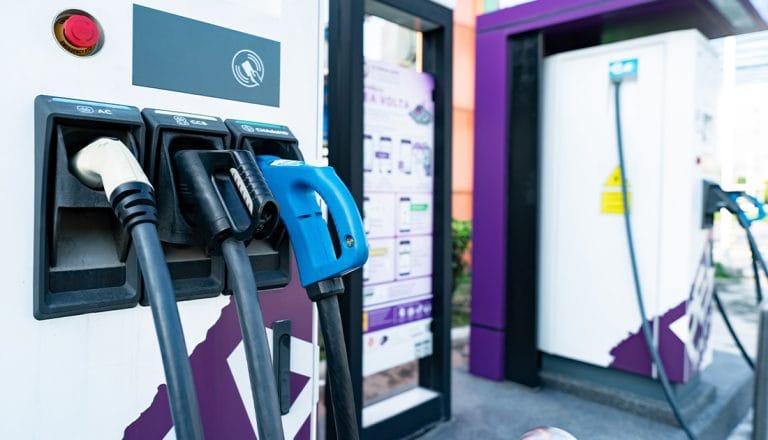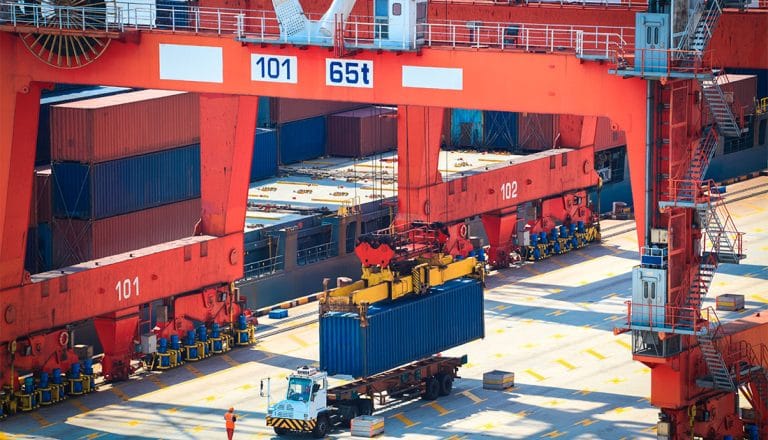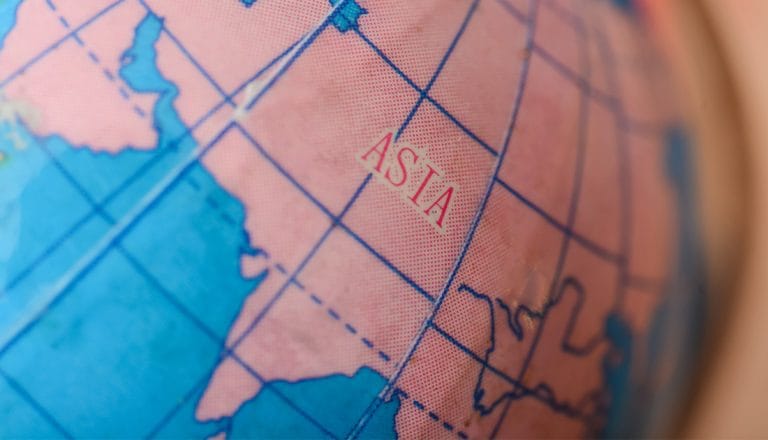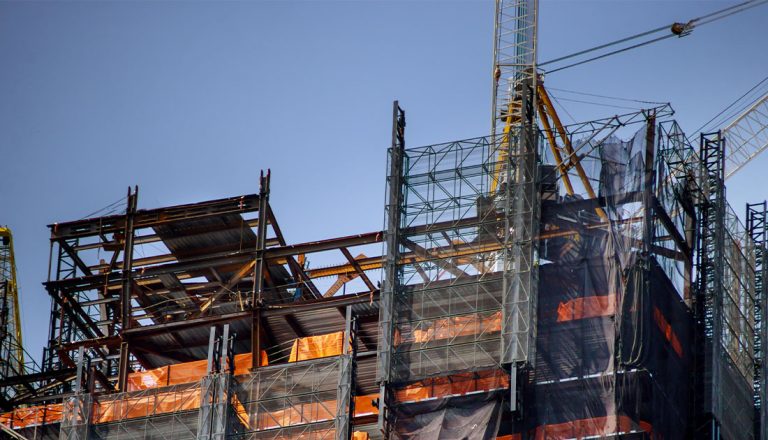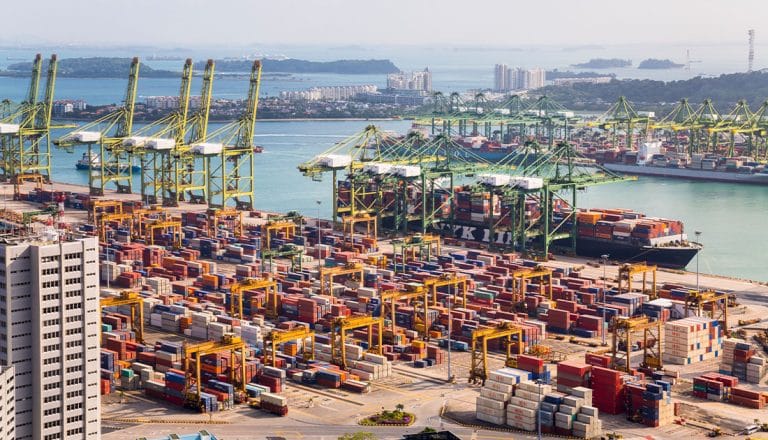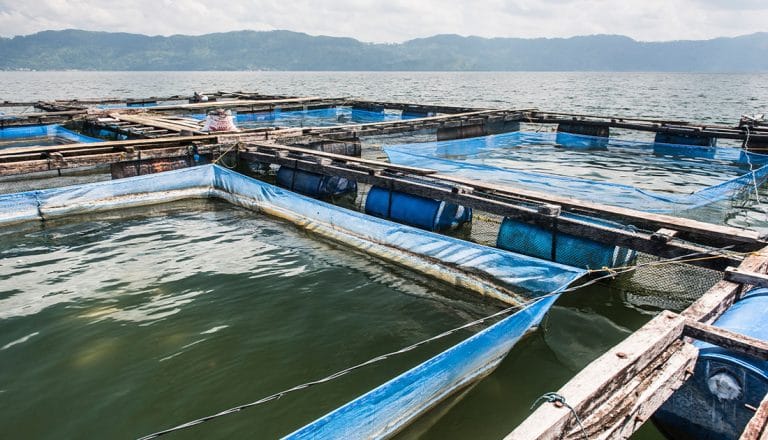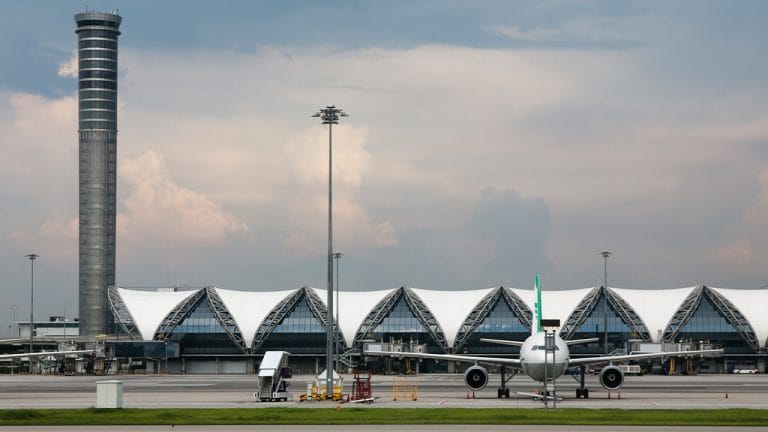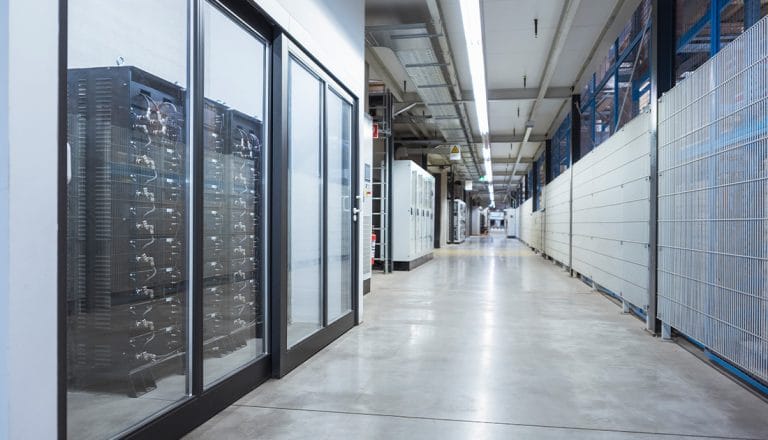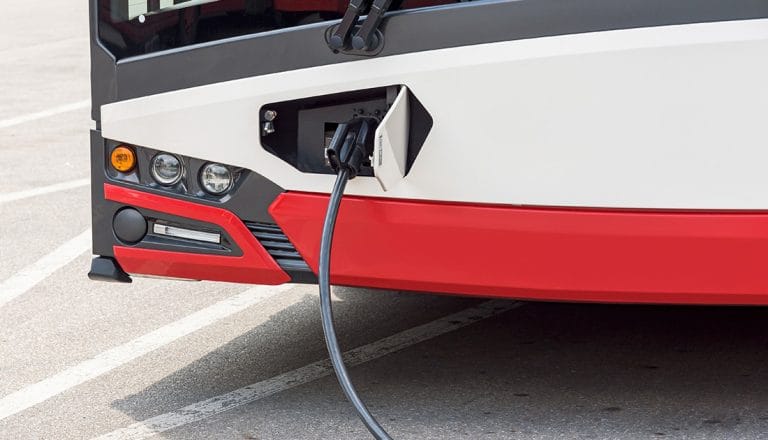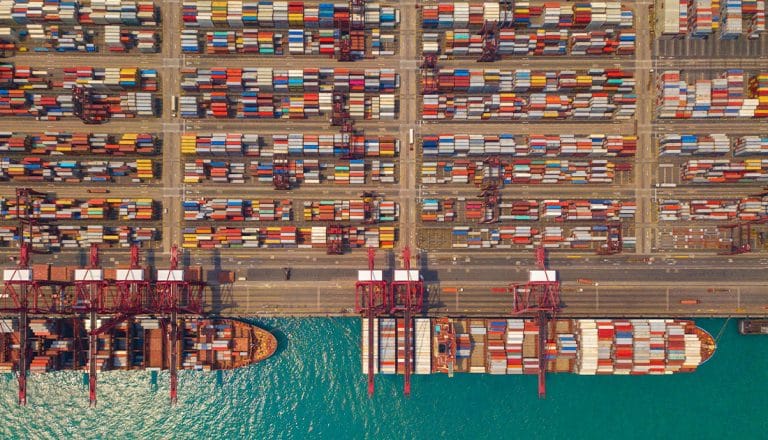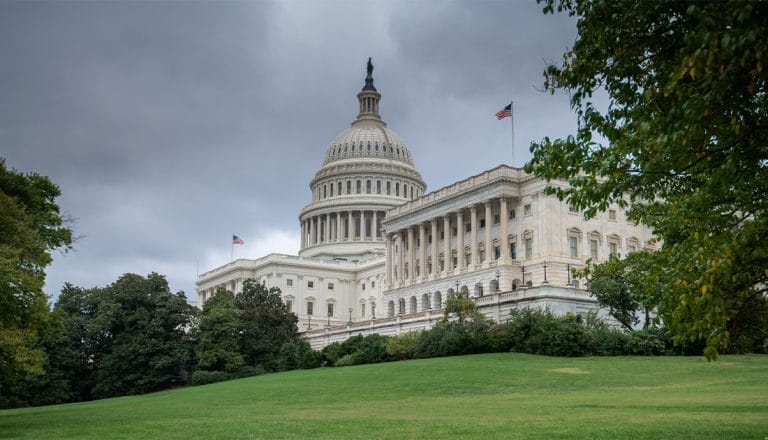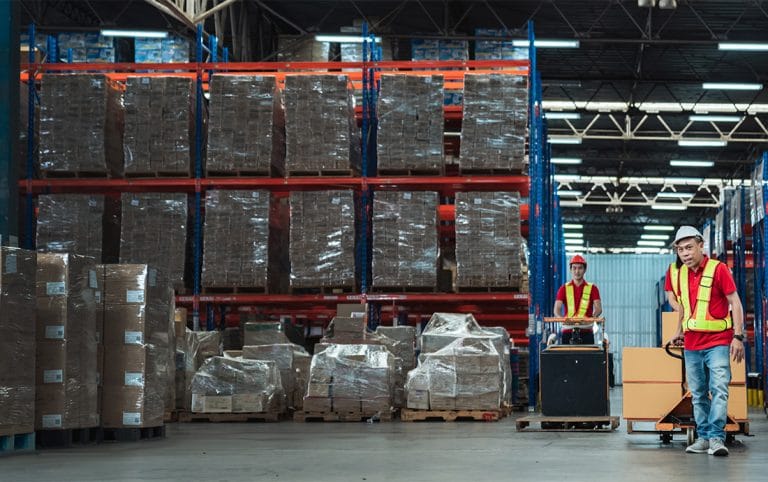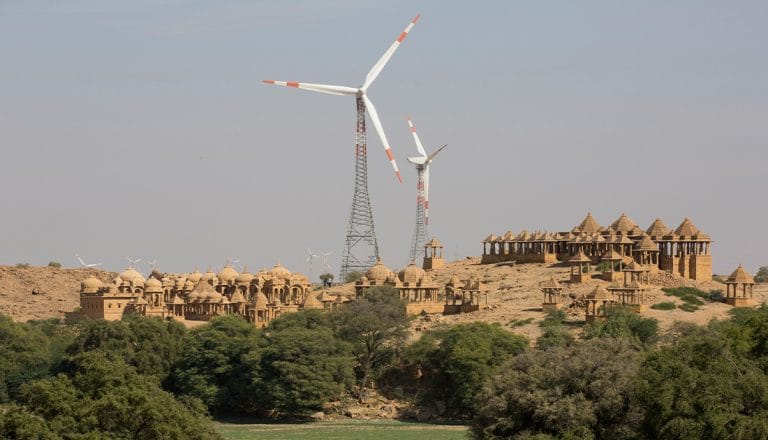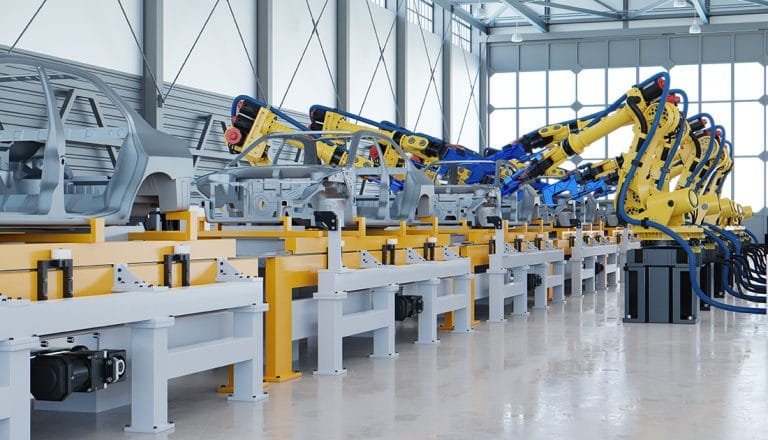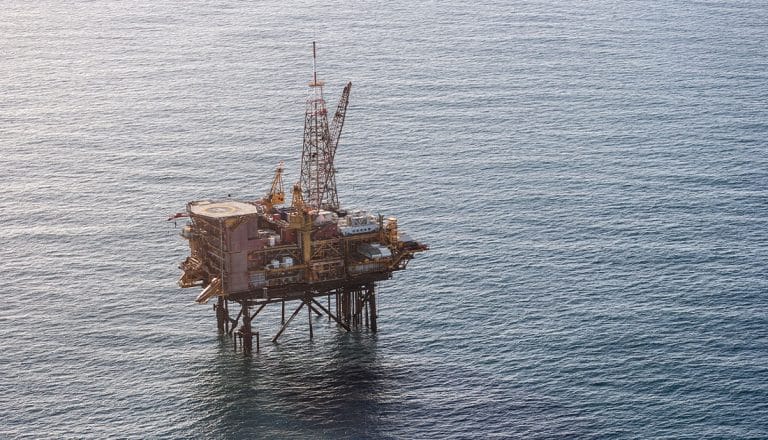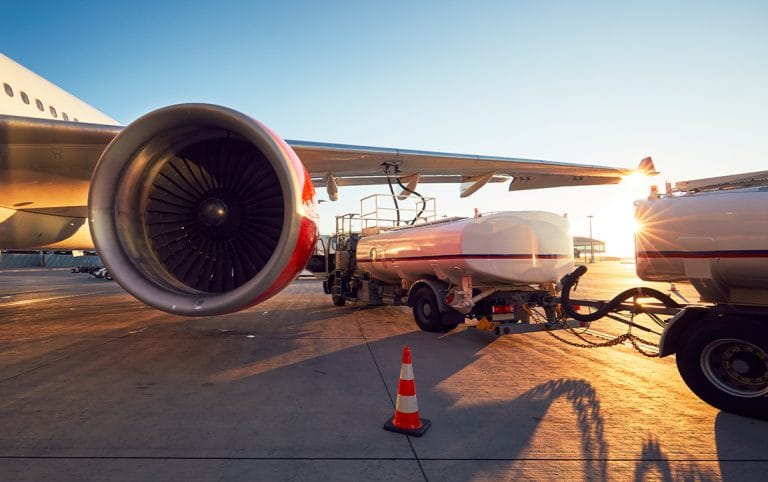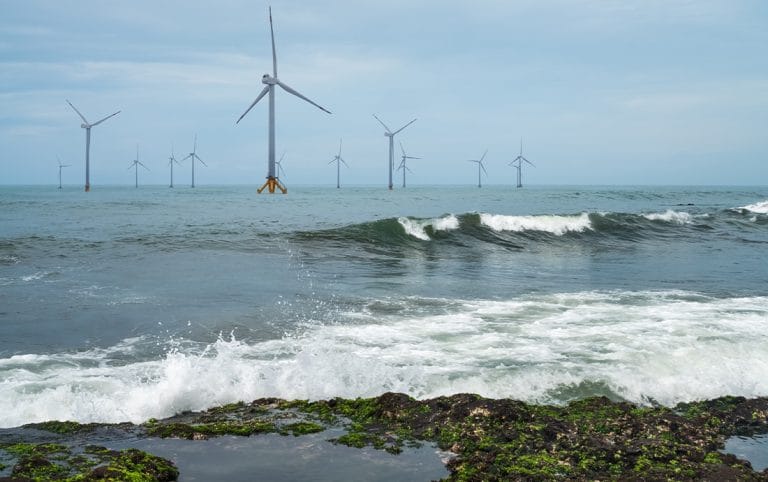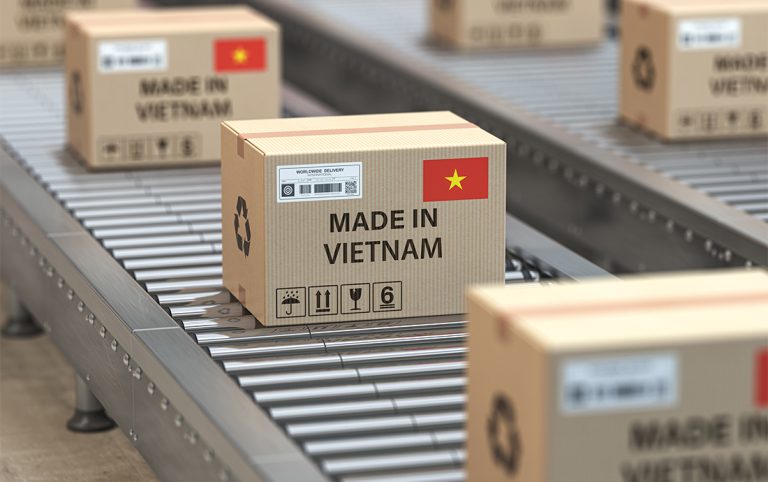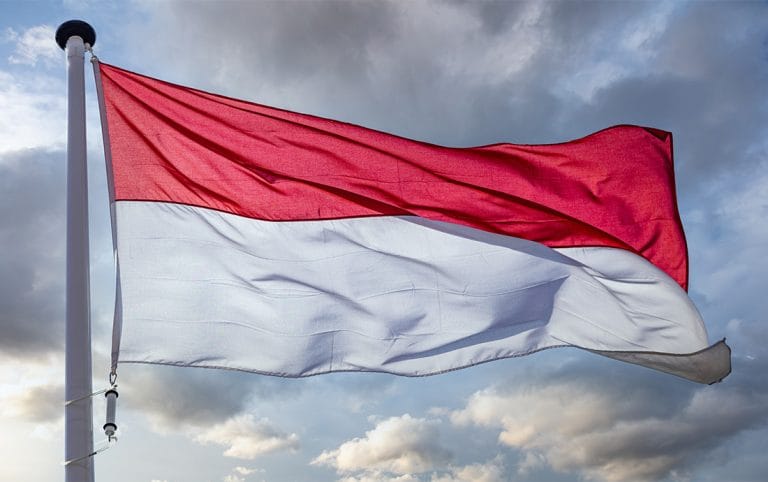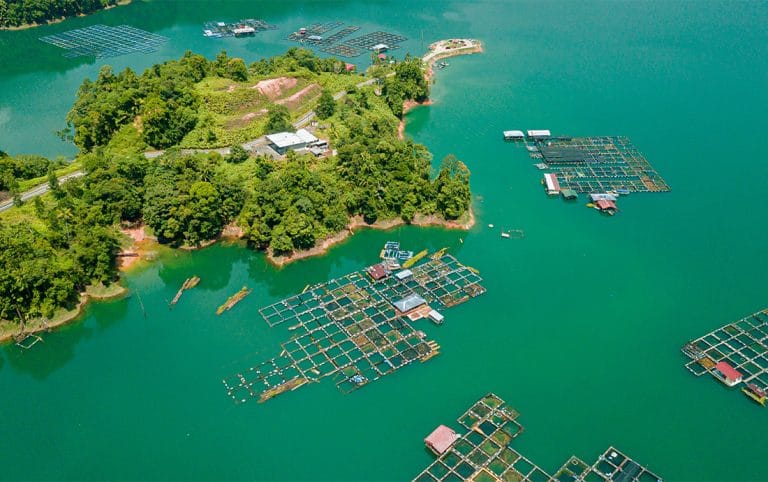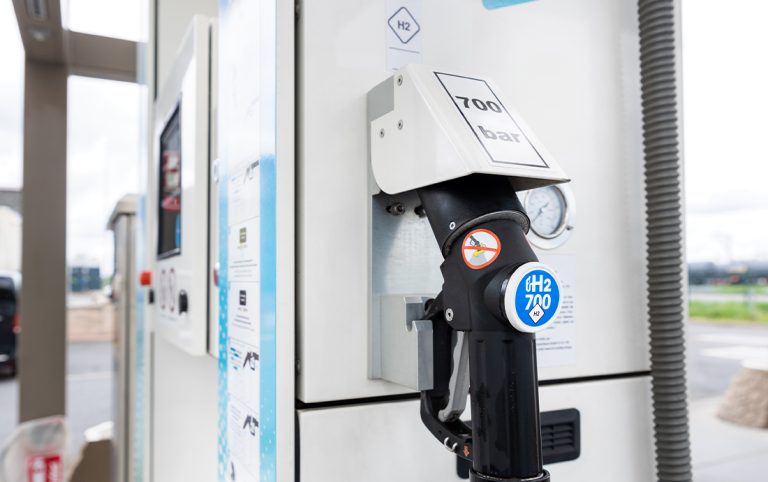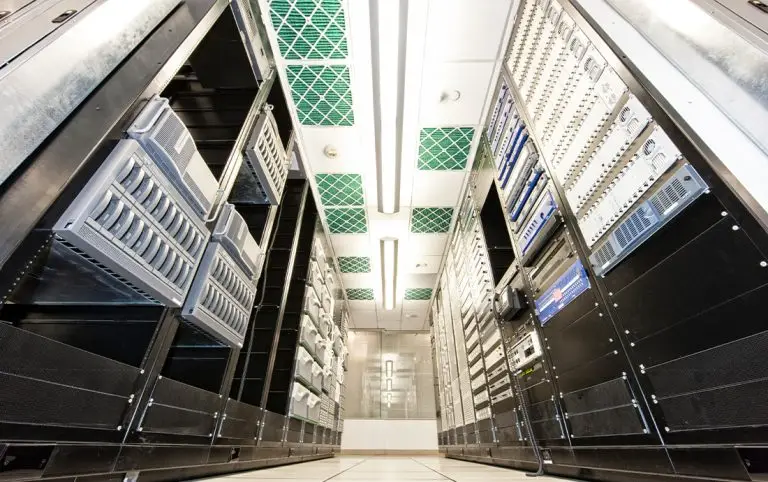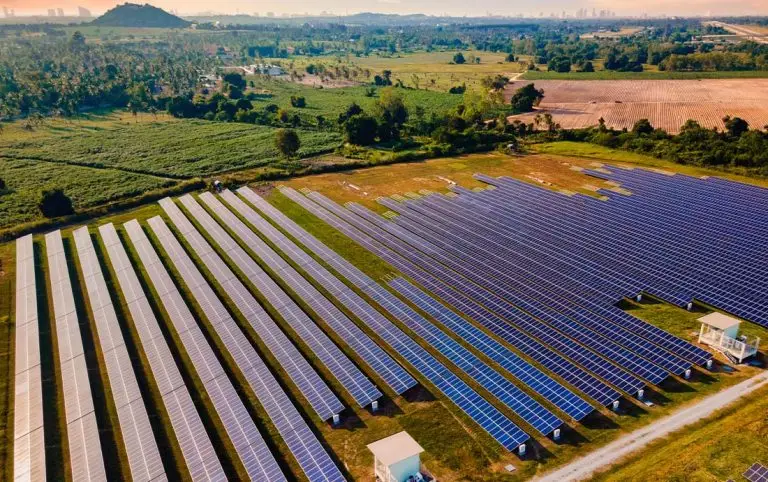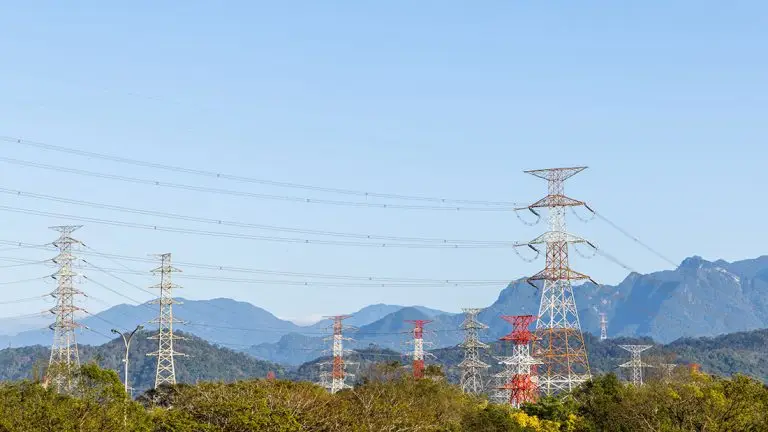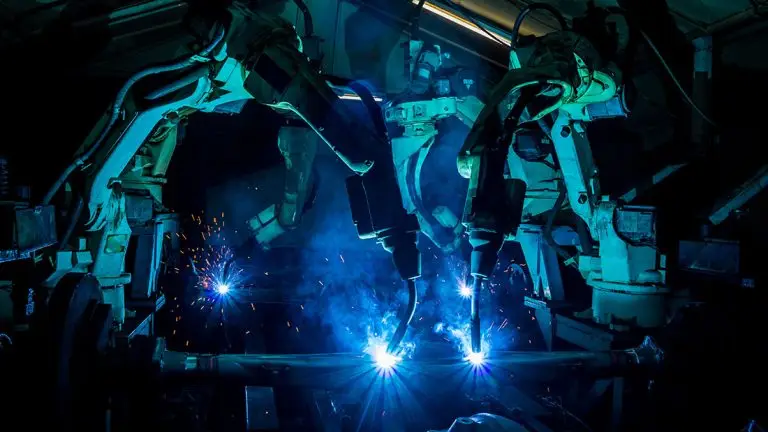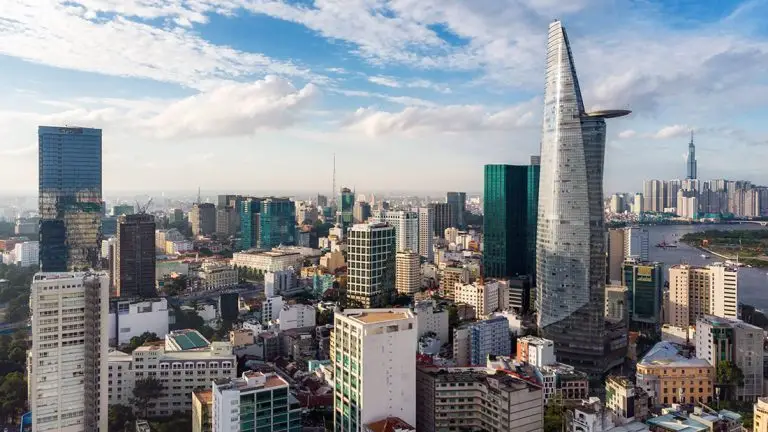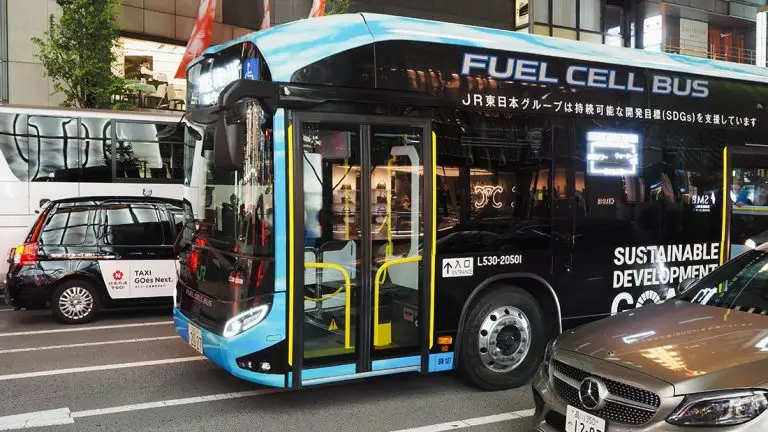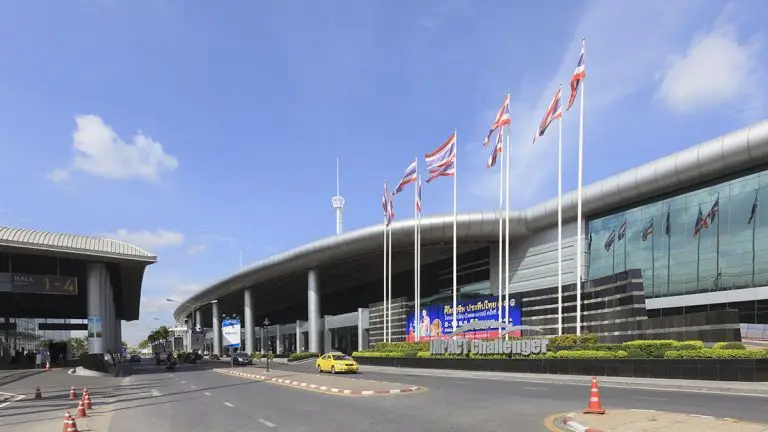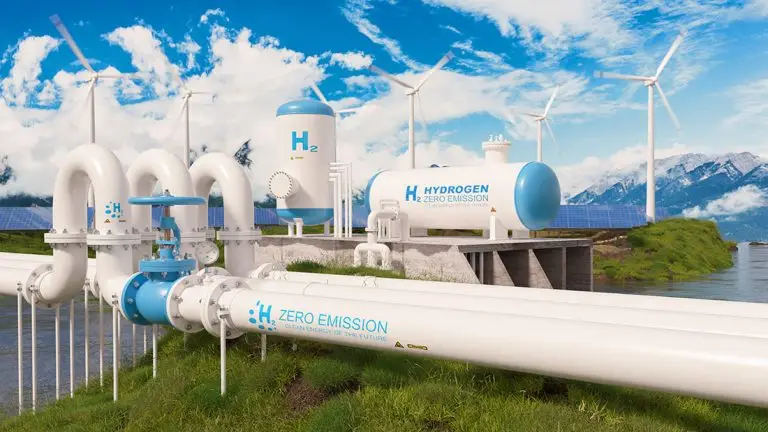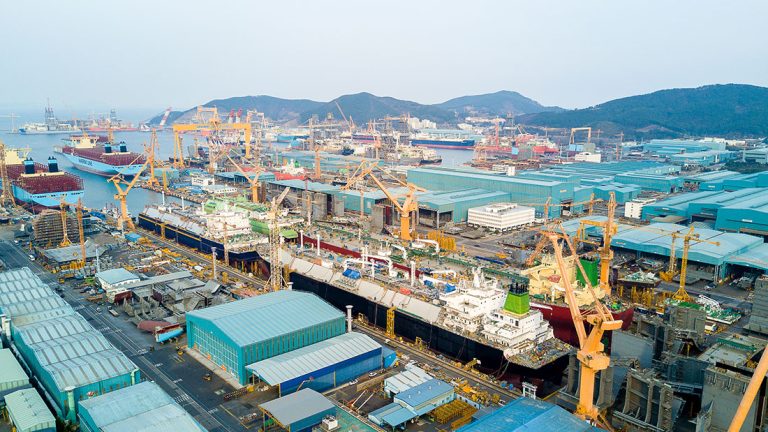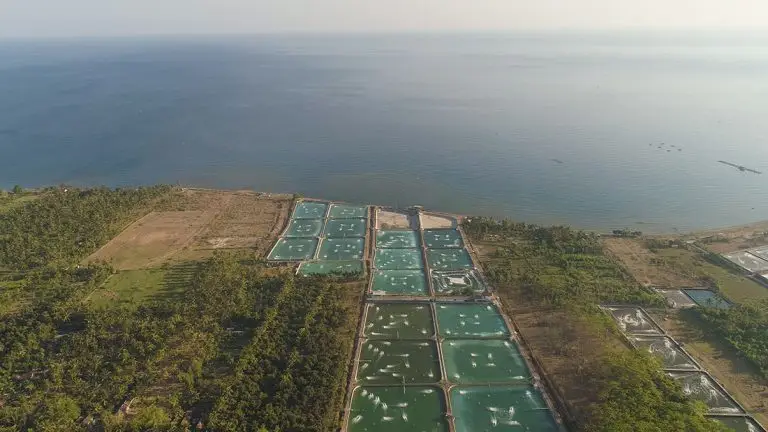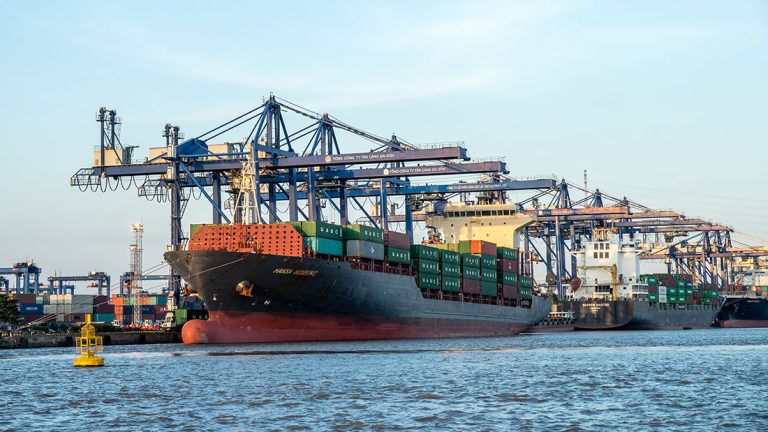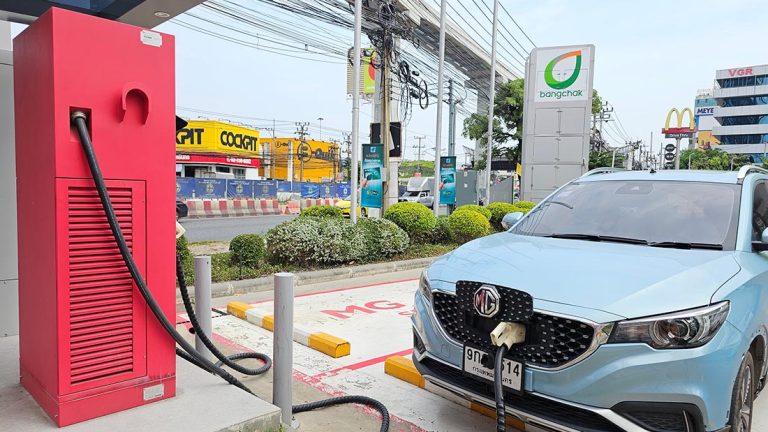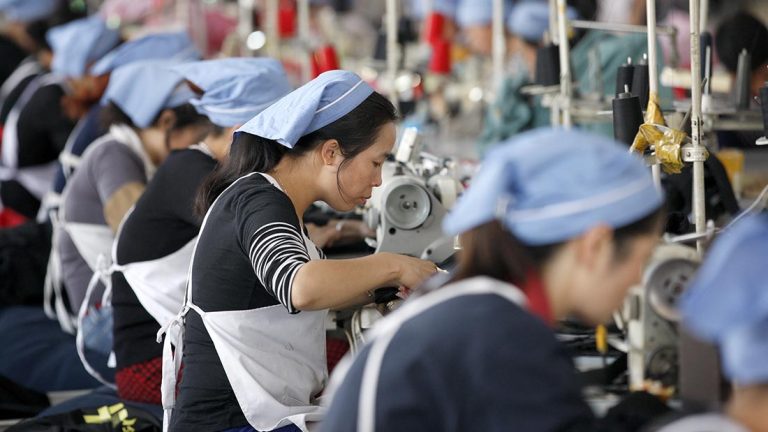The uncertainty caused by potential tariffs and potential global trade disruption created countless headaches. In Asia, the region’s commitment to free trade was again highlighted with the signing of another FTA, this one between the EFTA and Malaysia. It was the latest in a long list of global and regional partnerships that create stability as well as opportunities. Asian Insiders Managing Partner Jari Hietala examines how the approach can benefit overseas companies.
Asia continues to seek free trade agreements (FTAs) to strengthen global cooperation and deepen economic ties. This year, the European Free Trade Association (EFTA) concluded negotiations on an FTA with Thailand and an economic partnership agreement with Malaysia.
Elsewhere, talks on the ASEAN-Canada and Thailand-EU FTAs are expected to conclude sometime in 2025. The UK government restarted free trade negotiations with India after the EU did likewise in 2022. The latter could be finalised in the coming months.
At the regional level, there has been a recent push to enhance economic cooperation further. South Korea, China and Japan have discussed the creation of a framework to expand trade while improving the Regional Comprehensive Economic Partnership. China-ASEAN FTA 3.0 negotiations continue as well.
As instability threatens to derail some existing trade relationships, businesses must be proactive in their approach. The adage “one door closes, another opens” may hold true here. As opportunities in other parts of the world dry up, entering Asia is an alternative to consider.
Last week, we explored some reasons why the region can be appealing to foreign businesses, including increased spending power and evolving consumer preferences which have created a greater demand for overseas products and services (Click here to read).
These opportunities are now being made more accessible through various trade and economic partnerships. Importantly, they highlight the desire by many nations to increase integration into the global economy. Shared goals and alignment are expected to continue moving forward even as threats of protectionism in certain corners loom large.
The results of Asia’s commitment to free trade have been extremely positive thus far, helping to fuel economic growth. Despite what some want the world to believe, benefits from the various agreements are seen on both sides of the equation. Foreign companies are finding great success across the region. Expanding FTAs will only serve to increase the opportunities on offer.
Notable FTAs and partnerships
The list of FTAs and economic partnerships in Asia is long and growing. Here are a few of the most notable agreements in place.
Comprehensive and Progressive Agreement for Trans-Pacific Partnership (CPTPP)
With the accession of the United Kingdom to the CPTPP in late 2024, the bloc now has 12 members and is among the largest free trade areas in terms of GDP. Japan, Malaysia, Singapore, Brunei and Vietnam are the current members in Asia.
Regional Comprehensive Economic Partnership (RCEP)
The Asia Pacific-focused RECP includes 14 countries across the region, including Australia and New Zealand. While still relatively early in its rollout, the belief is that this agreement will eventually eliminate most tariffs and significantly reduce non-tariff trade barriers.
ASEAN Free Trade Area
Having been in place for more than 30 years, the ASEAN Free Trade Area has proven to be a gamechanger for Southeast Asia. The bloc has since made agreements with China, India, and other countries. It has allowed a large number of overseas companies to set up a base in one country and then easily access new markets.
Other deals
There are also many bilateral agreements in place, such as the EU–Vietnam Free Trade Agreement (EVFTA) and China’s deals with Australia and New Zealand. More are in the pipeline as the EU, Canada, the UK, and EFTA are in negotiations with various Asian countries.
Entrance can be a springboard to expansion
An overlooked aspect of Asia’s increased economic cooperation at the regional level is that it provides opportunities for expansion in the future. For businesses willing to establish a regional operations hub, a presence in one country makes it possible to enter others when the time is right.
This isn’t to say the process is easy. First and foremost, most Asian countries are significantly different in terms of culture, languages, and consumer preferences, to name a few things. Just because it is easier to access markets doesn’t mean success is guaranteed. Thorough research and an appropriate strategy are required.
Second, navigating through the complexities of the agreements requires detailed knowledge of the existing situation. While tariffs and barriers have been significantly reduced among many Asian nations, obstacles still remain for foreign businesses with a presence in the region seeking to expand.
That being said, the opportunities this creates are impossible to ignore. A successful entrance into one Asian market can be used as a springboard to others.
Free trade deals support other goals in Asia
The proliferation of free trade and economic cooperation has been crucial to the region’s growth in the past 20 years. Looking ahead, it could be used as a platform for countries to reach climate change targets and sustainable development goals.
Take the EFTA’s FTAs with countries in Southeast Asia, for example. The ones with Indonesia and the Philippines contained provisions on sustainable development. The agreement with Thailand was the first in the region to address topics on climate change. The FTA with Malaysia features human rights, labour and environmental protection commitments.
There are several benefits to these inclusions. It ensures both sides focus on sustainable practices. Additionally, businesses can better align their strategies to international standards on environmental protection, labour rights and ethical practices.
Cooperation and knowledge sharing on these issues are also possible through FTAs. The goal is to create a situation where trade flourishes while creating conditions that improve environmental and social responsibility.
Final thoughts
Free trade has become a pillar for economic growth in Asia. Developing and advanced economies are active in existing agreements and continue to seek out new partnerships. Overseas companies considering market entrance can undoubtedly benefit from the stability this provides.
Of course, there are a few things to note. The presence of FTAs has not eliminated all obstacles for overseas businesses. In some markets, the logistics of deals are still being worked out. In other markets, trade barriers of different shapes and sizes are emerging.
More critically, foreign firms need to find the right markets before entering and then have a suitable strategy in place. This is where a partnership with Asian Insiders can be hugely beneficial. Our expansive network of in-country experts conducts thorough research to find the best fit, guides you through the entrance process, and can support expansion efforts when the time is right.
Take the first step in the journey and take the Asian Insiders Readiness Check by clicking here. You can also schedule a no-obligation call with Jari Hietala, Managing Partner: jari.hietala (at)asianinsiders.com

